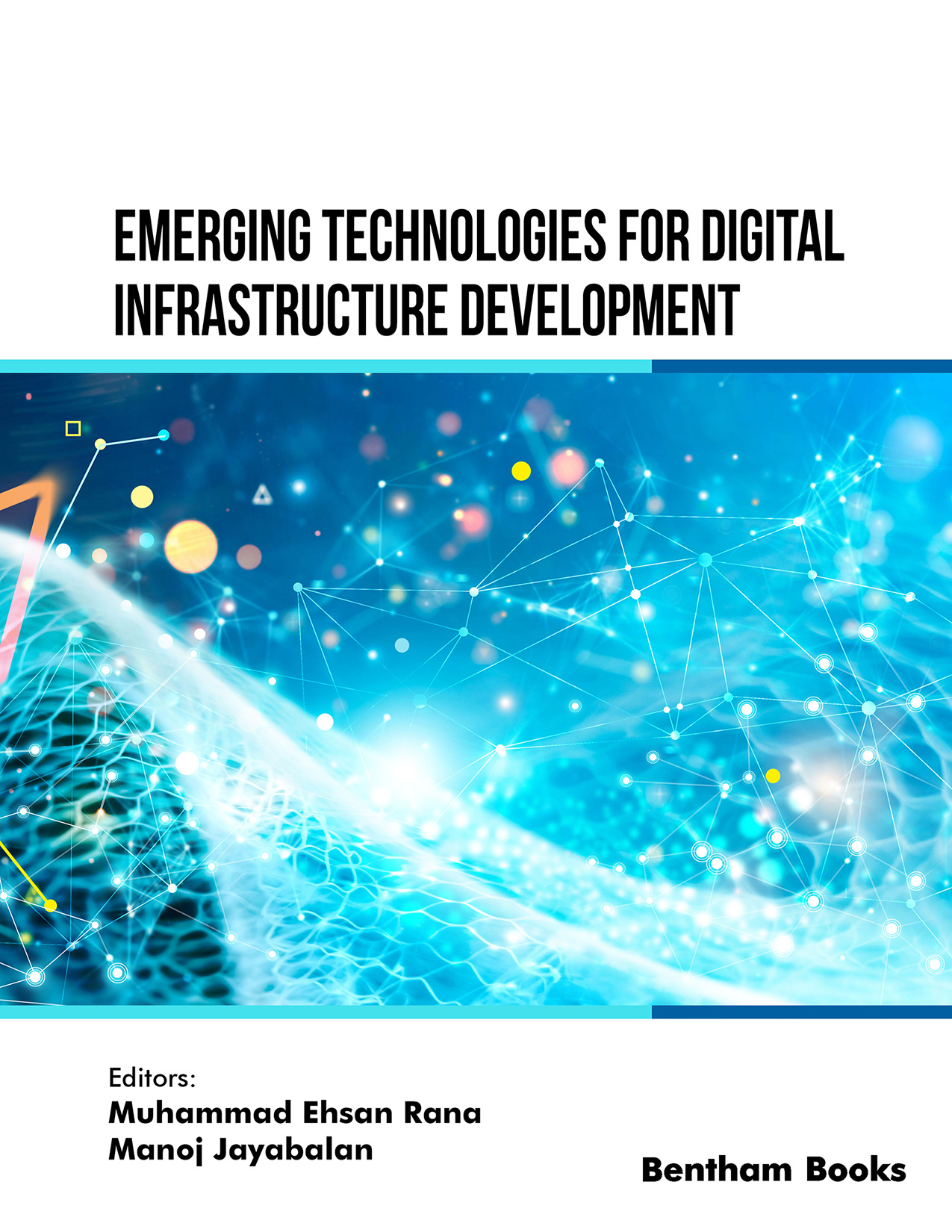Introduction
Emerging Technologies for Digital Infrastructure Development is a comprehensive and insightful book that reviews the transformative impact of cutting-edge technologies on the digital landscape. It presents 16 topics, from e-commerce consumer behavior to AI applications in healthcare and cybersecurity, this book offers a detailed overview of the role of technology in shaping the modern world. With a focus on bridging the digital divide in education, the book presents innovative solutions to contemporary challenges. The editors also emphasize the importance of privacy and security in an interconnected world by discussing cybersecurity measures and threat detection strategies. The book serves as a valuable resource for technology professionals, researchers, and academics, offering a deep dive into the latest trends and applications in digital infrastructure. It also caters to business leaders, policy makers, and students seeking to understand the transformative potential of emerging technologies.
Key technologies highlighted in the book include machine learning and AI models, IoT, data analytics, recommendation systems and e-learning systems. Applications of these technologies are demonstrated for healthcare, e-commerce, cybersecurity, aviation and education sectors.
Emerging Technologies for Digital Infrastructure Development offers insights and solutions that pave the way for a secure, efficient, and inclusive digital future.
Audience: Readers, students, policy makers interested in digital transformation initiatives in healthcare, education, e-commerce and other services industries.

